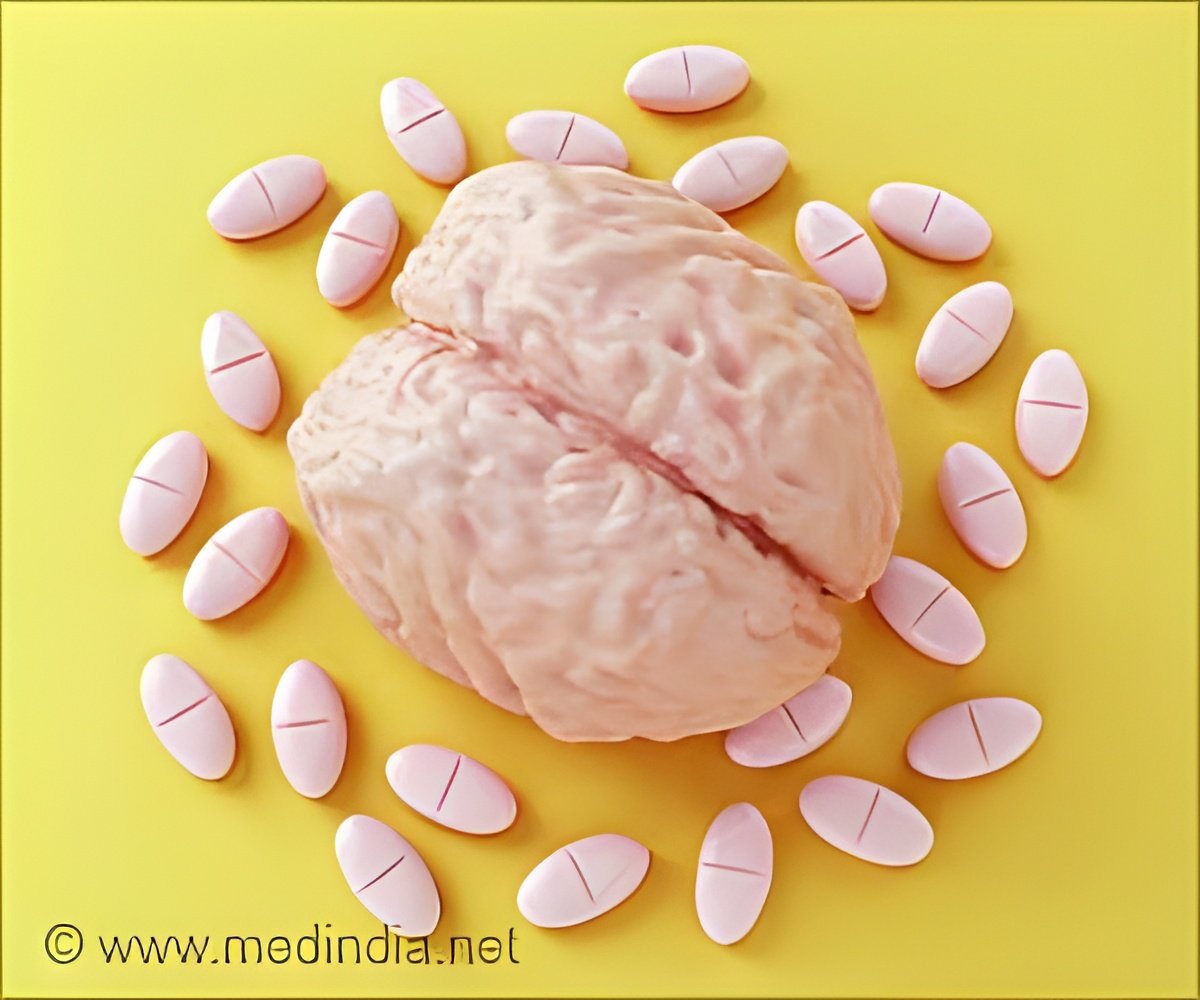
The blood-brain barrier, a network of blood vessels and tissues that nurtures and shields the brain from harmful substances in the bloodstream, is compromised in Alzheimer’s disease. Researchers at the Mayo Clinic, along with their collaborators, have identified distinct molecular signatures of this blood-brain barrier dysfunction. These discoveries could pave the way for new diagnostic and treatment approaches for the disease. Their findings are detailed in Nature Communications. (1✔ ✔Trusted Source
Gliovascular transcriptional perturbations in Alzheimer’s disease reveal molecular mechanisms of blood brain barrier dysfunction
)
“These signatures have high potential to become novel biomarkers that capture brain changes in Alzheimer’s disease,” says senior author Nilüfer Ertekin-Taner, M.D., Ph.D., chair of the Department of Neuroscience at Mayo Clinic and leader of the Genetics of Alzheimer’s Disease and Endophenotypes Laboratory at Mayo Clinic in Florida.
To conduct the study, the research team analyzed human brain tissue from the Mayo Clinic Brain Bank, as well as published datasets and brain tissue samples from collaborating institutions. The study cohort included brain tissue samples from 12 patients with Alzheimer’s disease and 12 healthy patients with no confirmed Alzheimer’s disease. All participants had donated their tissue for science. Using these and external datasets, the team analyzed thousands of cells in more than six brain regions, making this one of the most rigorous studies of the blood-brain barrier in Alzheimer’s disease to date, according to the researchers.
Examining the Role of Brain Vascular Cells in Alzheimer’s Disease
They focused on brain vascular cells, which make up a small portion of cell types in the brain, to examine molecular changes associated with Alzheimer’s disease. In particular, they looked at two cell types that play an important role in maintaining the blood-brain barrier: pericytes, the gatekeepers of the brain that maintain the integrity of blood vessels, and their support cells known as astrocytes, to determine if and how they interact.
They found Alzheimer’s disease patients’ samples exhibited altered communication between these cells, mediated by a pair of molecules known as VEGFA, which stimulates the growth of blood vessels, and SMAD3, which plays a key role in cellular responses to the external environment. Using cellular and zebrafish models, the researchers validated their finding that increased levels of VEGFA lead to lower levels of SMAD3 in the brain.
The team used stem cells from blood and skin samples of the Alzheimer’s disease patient donors and those in the control group. They treated the cells with VEGFA to see how it affected SMAD3 levels and overall vascular health. The VEGFA treatment caused a decline in SMAD3 levels in brain pericytes, indicating interaction between these molecules.
The team says more research is needed to determine how SMAD3 levels in the brain impact SMAD3 levels in blood.
Advertisement
Researchers plan to further study the SMAD3 molecule and its vascular and neurodegenerative outcomes for Alzheimer’s disease and also search for other molecules with potential involvement in maintaining the blood-brain barrier.
Reference:
- Gliovascular transcriptional perturbations in Alzheimer’s disease reveal molecular mechanisms of blood brain barrier dysfunction – (https://www.nature.com/articles/s41467-024-48926-6)
Source-Eurekalert



